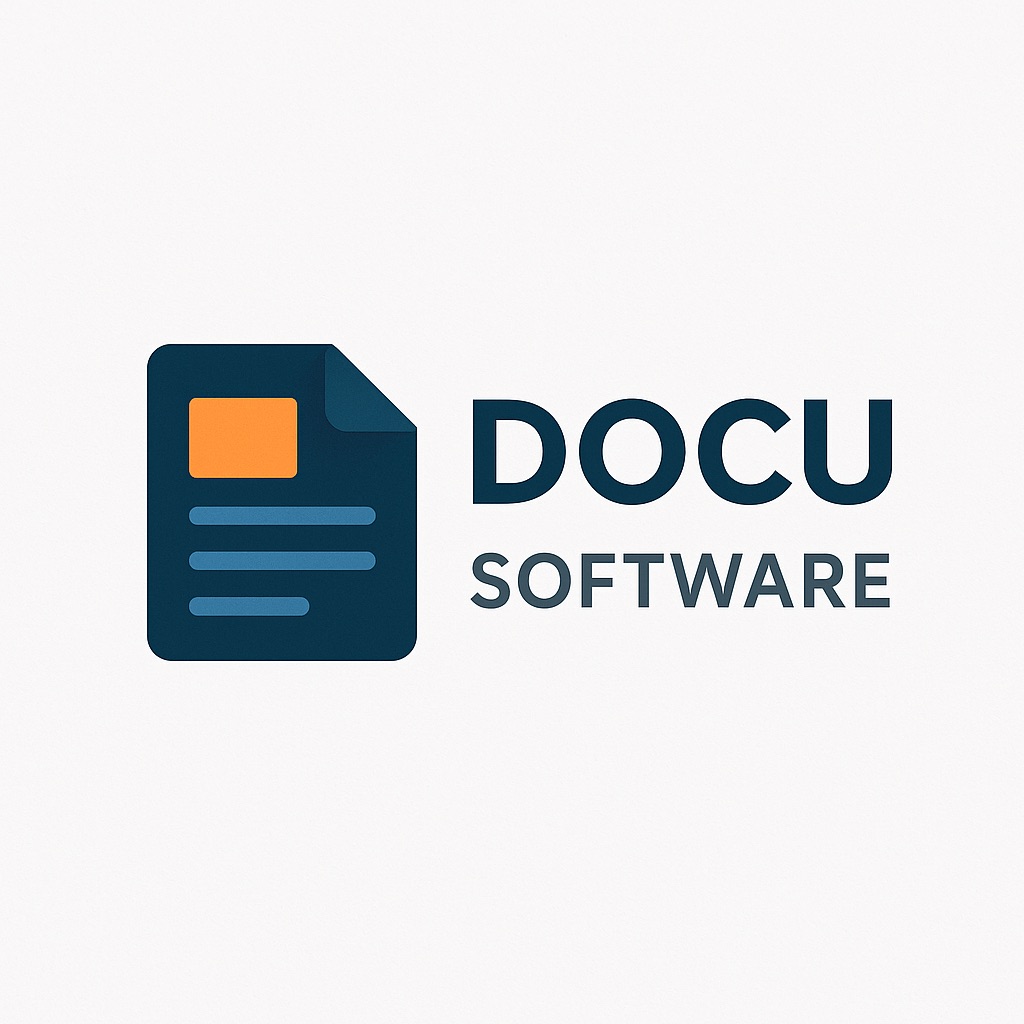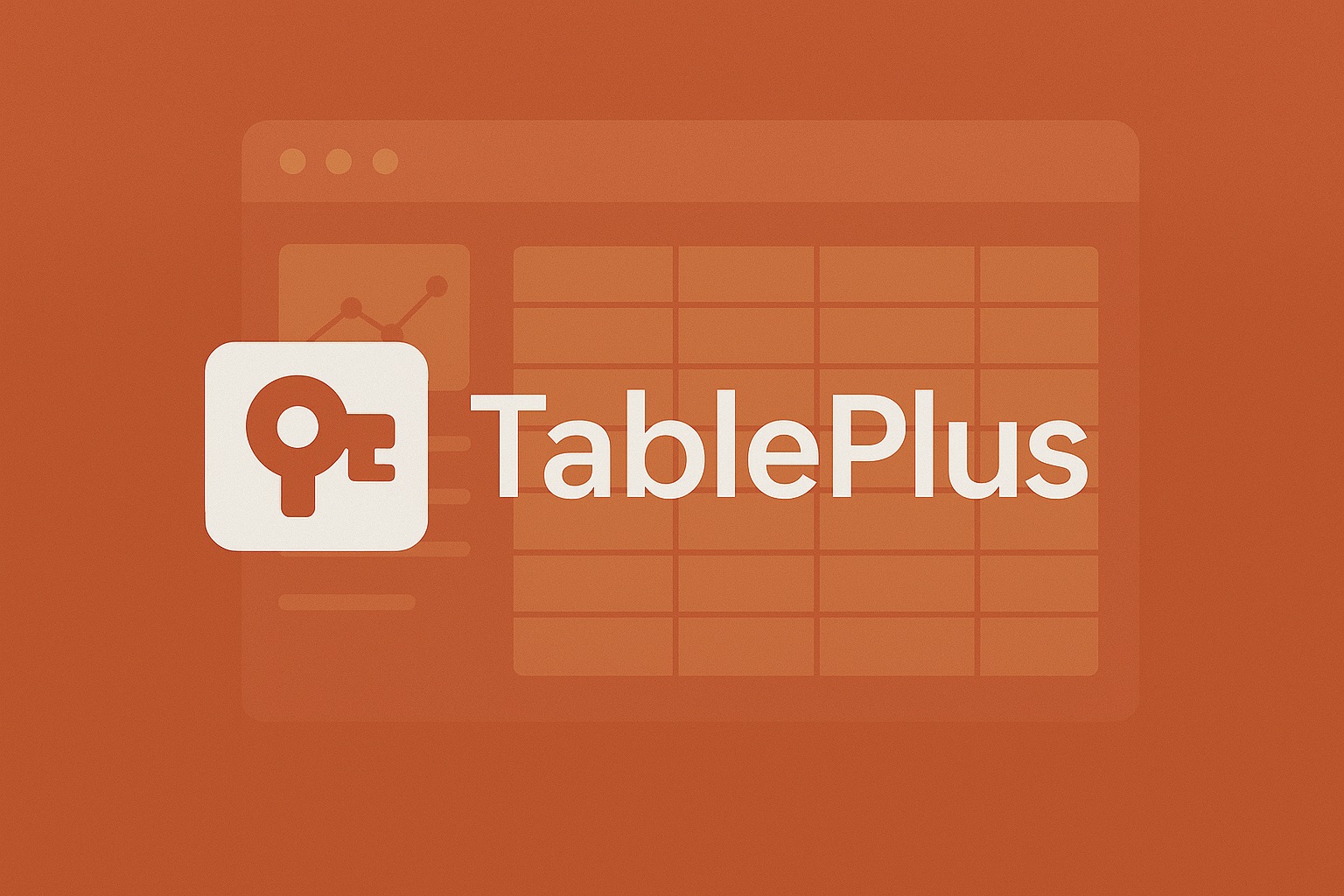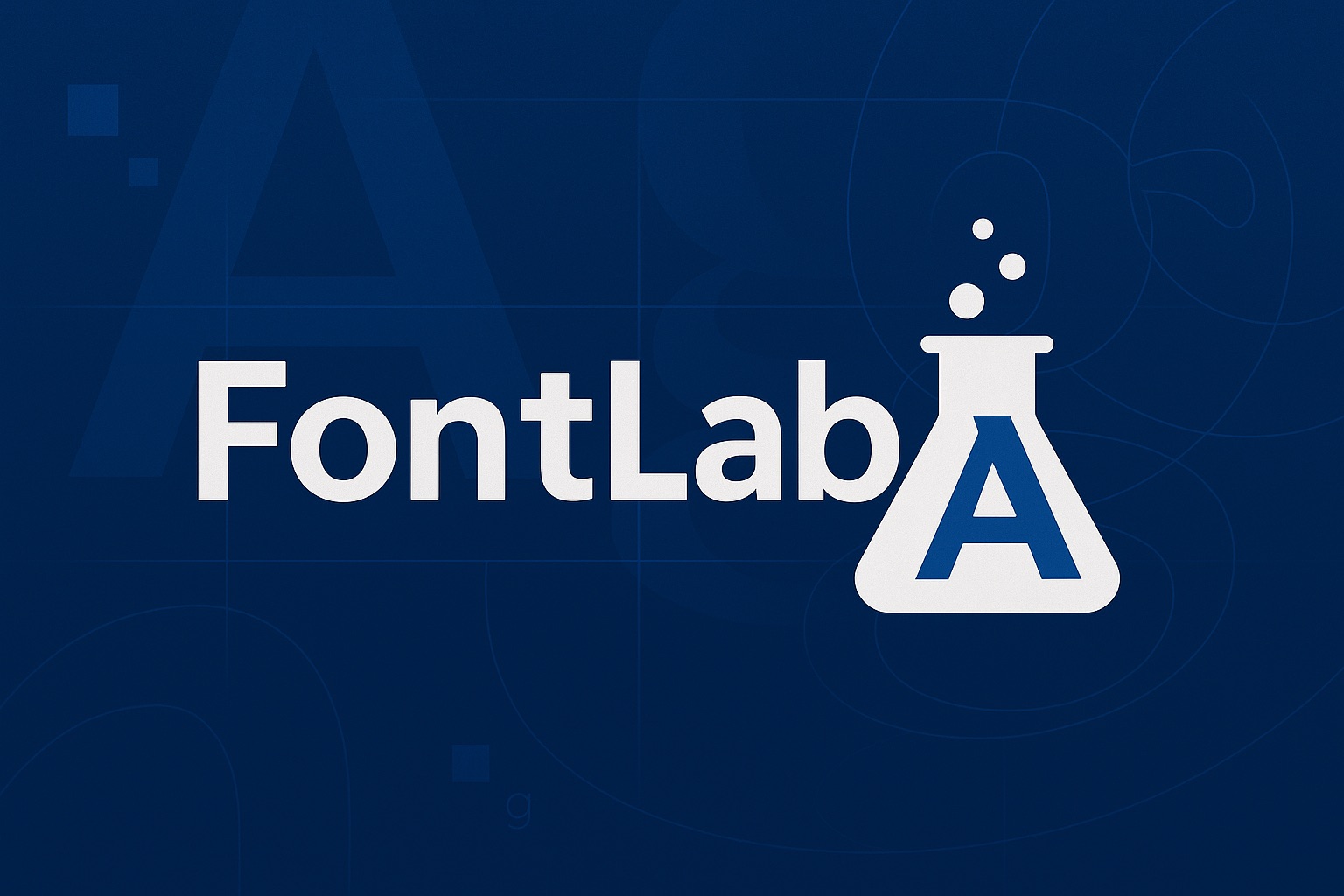TablePlus Crack
It’s 2 AM, and a developer is debugging a production issue. They need to query multiple databases, analyze relationships, and fix data inconsistencies — fast. Opening that clunky legacy database tool? Not tonight. They launch TablePlus, connect to PostgreSQL, MySQL, and Redis simultaneously, and within minutes, the issue is identified and resolved. This scenario repeats thousands of times daily for developers who’ve discovered there’s a better way to manage databases.

Understanding TablePlus in the Database Tool Landscape
TablePlus represents a paradigm shift in database management tools. While traditional database GUI tools feel like they were designed in the early 2000s (because many were), TablePlus brings modern design principles and developer-focused features to database interaction.
The tool emerged from a simple observation: developers spend countless hours in database tools, yet most are painful to use. TablePlus founders, former developers themselves, built what they wished existed — a fast, intuitive, and powerful database client that doesn’t make you want to resort to command line for everything.
What sets TablePlus apart isn’t just its clean interface — it’s the philosophy of making complex database operations feel simple. Multi-tab interface, inline editing, smart query editor with autocomplete, SSH tunneling that actually works — these aren’t revolutionary features individually, but their thoughtful implementation creates a tool that feels revolutionary to use.
Core Features That Transform Database Management
Native Performance makes TablePlus blazingly fast. Built as a native application (not Electron-based), it launches in seconds and handles massive datasets without breaking a sweat. Query a million-row table? Results stream instantly. This speed isn’t just convenience — it fundamentally changes how you interact with databases.
Multi-Database Support goes beyond basic compatibility:
- PostgreSQL (with extensions)
- MySQL/MariaDB
- SQLite
- MongoDB
- Redis
- Cassandra
- SQL Server
- Oracle
- Snowflake
- And 20+ more
But here’s the killer feature: work with multiple database types simultaneously. PostgreSQL in one tab, MongoDB in another, Redis in a third — all in the same window.
Smart Query Editor understands context:
- Intelligent autocomplete for tables, columns, functions
- Syntax highlighting for each database dialect
- Query history with search
- Format SQL with one keystroke
- Multiple queries execution with result separation
Safe Editing Mode prevents accidental disasters. When enabled, every data modification requires explicit confirmation. Combined with query preview before execution, it’s saved countless developers from “UPDATE without WHERE” nightmares.
Many don’t realize TablePlus includes a powerful Data Filter system. Not just simple WHERE clauses — complex filters with multiple conditions, saved for reuse. It’s like having views without creating database objects.
Workflow Optimization for Modern Development
The real magic of TablePlus shines in daily workflow integration. Let me show you how it transforms common database tasks.
Connection Management eliminates the “where did I save that connection string?” problem. Organize connections by groups, tags, colors. Share connection settings (without passwords) with team members. The quick connect feature learns your patterns — frequently used databases appear first.
Data Exploration becomes intuitive:
- Click foreign keys to navigate relationships
- Filter data without writing SQL
- Sort by multiple columns visually
- Export subsets to CSV, JSON, SQL
- Open multiple tables in split view
Query Development accelerates with smart features:
- Write queries with multi-cursor editing
- Save frequently used queries as snippets
- Use variables in queries ($1, $2 style)
- See query execution plan visually
- Profile slow queries with built-in tools
Team Collaboration happens naturally:
- Share read-only query results via secure links
- Export schema diagrams for documentation
- Generate migration scripts from changes
- Track query history for audit trails
Advanced Features Power Users Love
SSH Tunnel Configuration that actually works. Set up once, connect anywhere. TablePlus handles key authentication, bastion hosts, and connection persistence. No more terminal windows for port forwarding.
Plugin System extends functionality:
- Custom data generators for testing
- Export format transformations
- Database-specific utilities
- Integration with external tools
Command Palette (Cmd/Ctrl+K) brings VS Code-style efficiency. Search connections, tables, columns, or commands. Navigate entirely keyboard-driven if that’s your style.
SQL Formatting goes beyond prettification. Choose from multiple formatting styles, customize rules, apply consistently across teams. The formatter understands database-specific syntax, preventing style guide violations.
Import Capabilities handle real-world data:
- CSV with intelligent type detection
- JSON with nested structure support
- SQL dumps from various sources
- Excel files with multiple sheets
Honestly, the Query Variables feature changed how I write SQL. Define variables once, reuse across queries. Perfect for date ranges, IDs, or any repeated values. It’s like prepared statements for ad-hoc queries.
Pricing Structure and Value Analysis
TablePlus uses a freemium model that actually makes sense:
Free Version:
- 2 opened tabs
- 2 opened windows
- Unlimited connections
- All core features
- No time limit
Perfect for casual use or evaluation. Many developers find the free version sufficient for personal projects.
Paid License ($89):
- Unlimited tabs and windows
- Priority support
- Advanced features
- License for 2 devices
- Free updates for 1 year
Team License ($79 per user):
- Everything in paid version
- Centralized billing
- Volume discounts
- Team management
The pricing strikes a balance. Compared to enterprise database tools costing thousands, TablePlus feels like a bargain. Yet it’s sustainable for the developers, ensuring continued development.
Platform Support and System Requirements
TablePlus runs natively on all major platforms:
macOS:
- macOS 10.12+
- Apple Silicon native
- 200MB disk space
- Seamless macOS integration
Windows:
- Windows 10/11
- Native Windows app
- 250MB disk space
- Windows-specific shortcuts
Linux:
- Ubuntu 18.04+, Fedora, Debian
- Native GTK application
- 200MB disk space
- Package manager installation
iOS (Separate purchase):
- iPad and iPhone support
- Touch-optimized interface
- Sync connections via iCloud
- Perfect for on-call debugging
The cross-platform consistency impresses. Switch between Mac at work and Linux at home — same shortcuts, same workflow, synced connections.
Comparison with Alternative Database Tools
TablePlus vs DBeaver DBeaver is free, open-source, and incredibly feature-rich. However, it’s Java-based (slower), has a cluttered interface, and steep learning curve. TablePlus wins on speed, design, and ease of use. DBeaver for features; TablePlus for productivity.
TablePlus vs DataGrip JetBrains’ DataGrip offers deeper IDE-like features and better version control integration. But it’s subscription-based ($199/year), resource-heavy, and overkill for many developers. DataGrip for database development; TablePlus for database management.
TablePlus vs phpMyAdmin/pgAdmin Web-based tools have their place, but can’t match native performance. They’re free and accessible anywhere, but limited in features and painful for regular use. Web tools for occasional access; TablePlus for daily work.
TablePlus vs Sequel Pro/Sequel Ace These Mac-only tools are beloved by many. They’re free and decent for MySQL. But TablePlus supports more databases, receives regular updates, and offers cross-platform availability. Sequel for MySQL-only; TablePlus for everything else.
Security Features and Best Practices
Connection Security:
- SSL/TLS encryption for all connections
- SSH tunnel support with key authentication
- Encrypted local password storage
- Optional master password protection
Safe Operations:
- Read-only connection mode
- Query confirmation for destructive operations
- Transaction preview before commit
- Automatic backup before table structure changes
Audit and Compliance:
- Query history with timestamps
- User action logging
- Export audit trails
- Connection activity monitoring
Pro tip: Enable “Safe Mode” for production connections. It’s saved me from costly mistakes more times than I care to admit.
Tips for Maximum Productivity
Master Keyboard Shortcuts:
- Cmd/Ctrl+T: New tab
- Cmd/Ctrl+Enter: Execute query
- Cmd/Ctrl+/: Comment lines
- F5: Refresh data
- Cmd/Ctrl+K: Command palette
Optimize Your Setup:
- Color-code connections (red for production!)
- Group databases by project/client
- Save common queries as snippets
- Use split view for comparisons
- Enable query history sync
Query Writing Efficiency:
- Use table aliases consistently
- Save complex JOINs as snippets
- Master the autocomplete shortcuts
- Use query variables for flexibility
- Keep a “scratch” tab for experiments
Common Challenges and Solutions
Performance with Large Datasets: TablePlus handles large tables well, but optimize your queries. Use LIMIT during development, add indexes for common filters, and leverage the built-in query profiler.
Connection Issues: Most problems stem from network configuration. Test with command-line tools first, verify firewall rules, and check SSH key permissions. TablePlus connection logs help diagnose issues.
Learning Curve: While intuitive, TablePlus has depth. Spend time exploring preferences, watch keyboard shortcuts in action, and don’t ignore the documentation. The investment pays off quickly.
Future Development and Roadmap
TablePlus development remains active with regular updates:
- Enhanced collaboration features coming
- More database types in pipeline
- Improved data visualization tools
- API for automation
- Advanced schema comparison
The team’s responsiveness to user feedback impresses. Feature requests often appear in updates within months, not years.
Conclusion: Why TablePlus Deserves Your Attention
TablePlus succeeds where many database tools fail — it makes database management enjoyable. The combination of speed, design, and thoughtful features creates a tool that enhances rather than hinders productivity.
For developers juggling multiple databases, dealing with complex queries, or simply tired of fighting their tools, TablePlus offers relief. The free version provides enough to evaluate thoroughly. The paid version costs less than a few hours of developer time — easily recouped through increased efficiency.
Whether you’re a full-stack developer, data analyst, or DevOps engineer, TablePlus likely improves your workflow. It’s not just about features — it’s about removing friction from database interactions.
Start with the free version. Import your connections, run some queries, experience the speed. Within days, you’ll wonder how you tolerated inferior tools for so long.
Explore more developer tools and database solutions at softexpo.com to build your optimal development environment!
Frequently Asked Questions
Is TablePlus suitable for database administrators? Yes, though it targets developers primarily. DBAs appreciate the speed, multi-database support, and query optimization tools. For advanced administration, combine with specialized tools.
Can TablePlus handle production databases safely? Absolutely. Use read-only connections, enable safe mode, and configure proper SSL/SSH tunneling. Many teams use TablePlus for production debugging and maintenance.
Does TablePlus support database migrations? Basic migration script generation is supported. For complex migrations, integrate with specialized tools like Flyway or Liquibase. TablePlus excels at migration verification.
How does licensing work for teams? Each developer needs a license. Team licenses offer centralized management and volume discounts. Licenses are per-user, not per-machine.
Is there an offline mode? Yes, TablePlus works fully offline for local databases. Connection configurations, query history, and snippets sync when online but function without internet.


